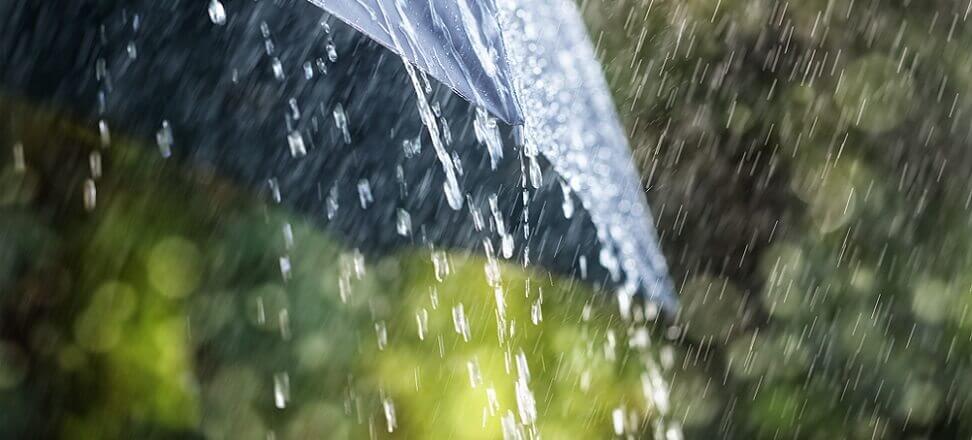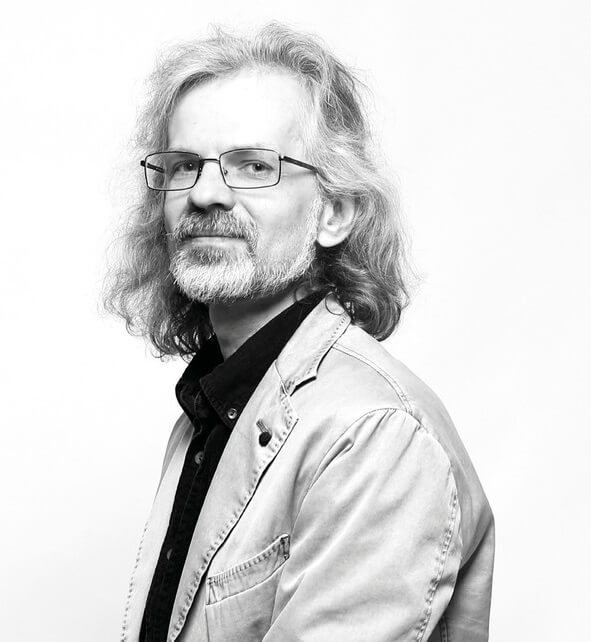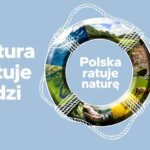On March 5, 2024. A conference was held to summarize the project called Strengthening the assessment of atmospheric deposition in Poland based on Norwegian experience, conducted by the Chief Inspectorate for Environmental Protection (GIOŚ). This is an undertaking to modernize Poland’s precipitation chemistry monitoring system – from the level of network design, to equipment purchases, to a new IT module for presentation of results.
Diabla Góra – the first precipitation chemistry monitoring station in Poland
The project to which the conference was devoted concerns monitoring of precipitation chemistry (with assessment of pollutant deposition to the ground), which is one of the programs of state environmental monitoring. It belongs to the air quality monitoring subsystem, but is autonomous from its main part. The distinction relates to the network of stations, as well as the role in air quality assessment. It has been conducted in Poland since the 1990s. Last century in about twenty points.
The first station was Diabla Gora in the Borecka Forest. It belongs to the Integrated Environmental Monitoring Network, which is owned by the Institute of Environmental Protection – National Research Institute. In 1994. Studies of various forms of nitrogen, chloride, sulfate, sodium, potassium, calcium, magnesium, hydrogen ions with reaction and electrolytic conductivity have begun here. In subsequent years, the network and the range of parameters studied were expanded. Analysis of the amount of phosphorus, arsenic, heavy metals and hydrocarbons was added. Precipitation is controlled on a daily or weekly basis.
Time for modernization – an EEA MF project
At the end of the second decade of the current century, after the launch and solidification of the Air Quality Portal, the Department of Environmental Monitoring of the Chief Inspectorate of Environmental Protection undertook to modernize the precipitation chemistry monitoring module. To this end, a project entitled Strengthening the assessment of atmospheric deposition in Poland based on the Norwegian experience has been prepared and applied for funding under the Environment, Energy and Climate Change Program, in the area of Mitigation of Climate Change and Reduction of Exposure to Climate Change, operated by the National Fund for Environmental Protection and Water Management.
The venture is one of the projects funded by the Financial Mechanism of the European Economic Area (EEA). It is a fund that operates on similar principles to EU funds, but its donors are countries outside the community: Iceland, Liechtenstein and Norway. There are also similarities in the allocation of resources – the fund covers 85 percent. Costs. The beneficiary must put up the rest. They may be non-EEA institutions. Among them is the Polish GIOŚ. This was not the first project he led that was funded by the fund.
Depending on the substantive scope of the investment, beneficiary partners are often institutions from donor countries. For environmental monitoring projects, as a rule, these are Norwegian institutions, as the country has a system deeply harmonized with those of the EU. The GIOŚ has been working for years with the Norwegian Institute for Air Research, which recently changed its name to the Norwegian Institute for Climate and Environmental Research (NILU). Also in the case of the precipitation chemistry study, it is NILU that is the partner representing the donor country.
NILU is a global pioneer in monitoring precipitation chemistry. Due to its geological structure, acid rain is a particularly important problem for the Nordic countries, which has driven the development of research in this field. NILU employs specialists who come from all over Europe, and their experience has been fully utilized in the project.
Difficult beginnings, but tasks accomplished
The project was supposed to begin in 2020, last two years and cost about PLN 8.7 million. Due to the pandemic, followed by the crisis caused by Russia’s invasion of Ukraine and rising inflation, only the first assumption could be realized. The implementation time was extended to the beginning of 2024. It was also possible to increase funding, bringing the budget to around PLN 9.6 million in the end. This was possible, among other things, because some of the projects financed by the IMF EEA and aimed at reducing emissions were abandoned for economic reasons. Thus, one can speak of a certain irony here, as it will not succeed in reducing emissions of pollutants to the extent planned, but it will succeed in better measuring their imission.
The first task in the project was to analyze the existing precipitation monitoring system and develop a plan to modernize and optimize it. In the end, it was decided to include 19 stations spread more or less evenly across the country. Some were based on IMGW-PIB meteorological stations, some on Integrated Natural Environment Monitoring stations, and some on GIOŚ air monitoring stations. Some have also been selected for the European EMEP network and the Baltic HELCOM network.
Two other tasks concerned the methodology for conducting monitoring and ensuring laboratory quality. An important step was the purchase of new measurement equipment – both for the deposition measurement itself and auxiliary equipment. It should be noted that the method of sampling is different from that of air monitoring, so GIOŚ employees have been trained to carry out the program in a responsible manner. In addition to classical training, there was also a study visit to NILU facilities. Finally, the task to show the effects of implementing all the previous ones was the launch of the Air Quality Portal module dedicated to wet atmospheric deposition.
Wet deposition – what does the study consist of?
Wet deposition testing differs from both standard air testing (including dust composition) and dry deposition. The latter means the absorption of air pollutants by various surfaces – water, soil, buildings, plants. Its measurement is complicated.
The study of air quality in routine monitoring includes both measurements of the composition of gases flowing through the sensors and the mass of dust deposited on the filters in near real time, as well as the chemical composition of these dusts collected in the sampler in subsequent laboratory analyses.
The wet deposition test is more like the latter. The collectors only open when it rains and collect the rainwater, which then goes to a laboratory and is tested using methods typical of water testing. The collectors are kept cool (4-6°C), which in the case of mountain stations may mean that they need to be heated to keep them from freezing. Some substances react quickly with other components of the aqueous solution, which is prevented by acidifying the sample. In water testing, this means pouring acid into the collected sample; in the case of rainwater collectors, it is necessary to place the acid earlier. Such a sample is not suitable for testing precipitation reaction and determining organic compounds, and for this purpose collectors take separate samples.
At stations in the EMEP network, cylinders are replaced after 24 hours, at others every week. Classification is done from water collected within a month, so earlier samples are frozen. Thanks to the reform of the Environmental Protection Inspection, involving its centralization and significant independence from provincial structures, it is possible to specialize individual laboratories. Currently, chemical analysis of wet deposition is performed at laboratories in Jelenia Gora and Lublin.
Air Quality Portal provides public access to data
The Air Quality Portal module developed as part of the project was launched at https://powietrze.gios.gov.pl/depoz. Information about the monitoring system and methods is posted. It is also possible to view and download historical data from a specific station and trace the measurement results. You can also view a map. Data from 2008-2022 for more than a dozen substances are now included. The map is based on information from several or a dozen stations (not all stations are surveyed for a set of parameters) subjected to interpolation in a 10 km x 10 km grid. This resolution was found to be optimal after analyzing various options.
The higher the resolution, the greater the risk of presenting false local variability, which would result from model assumptions that do not necessarily correspond to the actual distribution of pollution. On the other hand, too small (e.g., in squares of 50 km) may not take into account the real local differences, noticeable, for example, in sulfate deposition in the Upper Silesia and Lesser Poland areas. Interpolation takes into account models of transport of various chemicals with wind in clouds.
Wet deposition is the main source of input – whether nutrients or toxic substances – for ombrogenic peatlands. It can be an important source for other ecosystems as well. Of course, the station’s resolution forces some limitations on this type of analysis. Also, the method of sampling and testing more closely resembles water or soil quality monitoring, rather than near real-time air quality monitoring, which is conducted and presented. This means that it cannot be used in emergency management, such as to warn of impending acid rain. Nonetheless, it should be an important source of data for any pressure analysis, albeit performed for the purposes of river basin management plans.

 Polski
Polski






